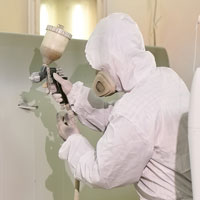 What is a Paint Booth?
What is a Paint Booth?
Aerospace paint spray booths provide the ideal environment to paint aircrafts, such as fighter jets, commercial airplanes, and helicopters. The paint spray booths regulate humidity, temperature, airflow, and pressure for proper coating application and curing. The booths are categorized by three different designs, which are: air pressure, cabin, or airflow.
The air pressure design booth will either have a negative or positive pressure. The positive pressure means that the pressure inside the booth is greater than the air pressure outside of the cabin. The air pressure inside the booth is provided by an air make-up system and replaces the air being exhausted by the fan. Continue reading “Aerospace Application: Paint Spray Booth”

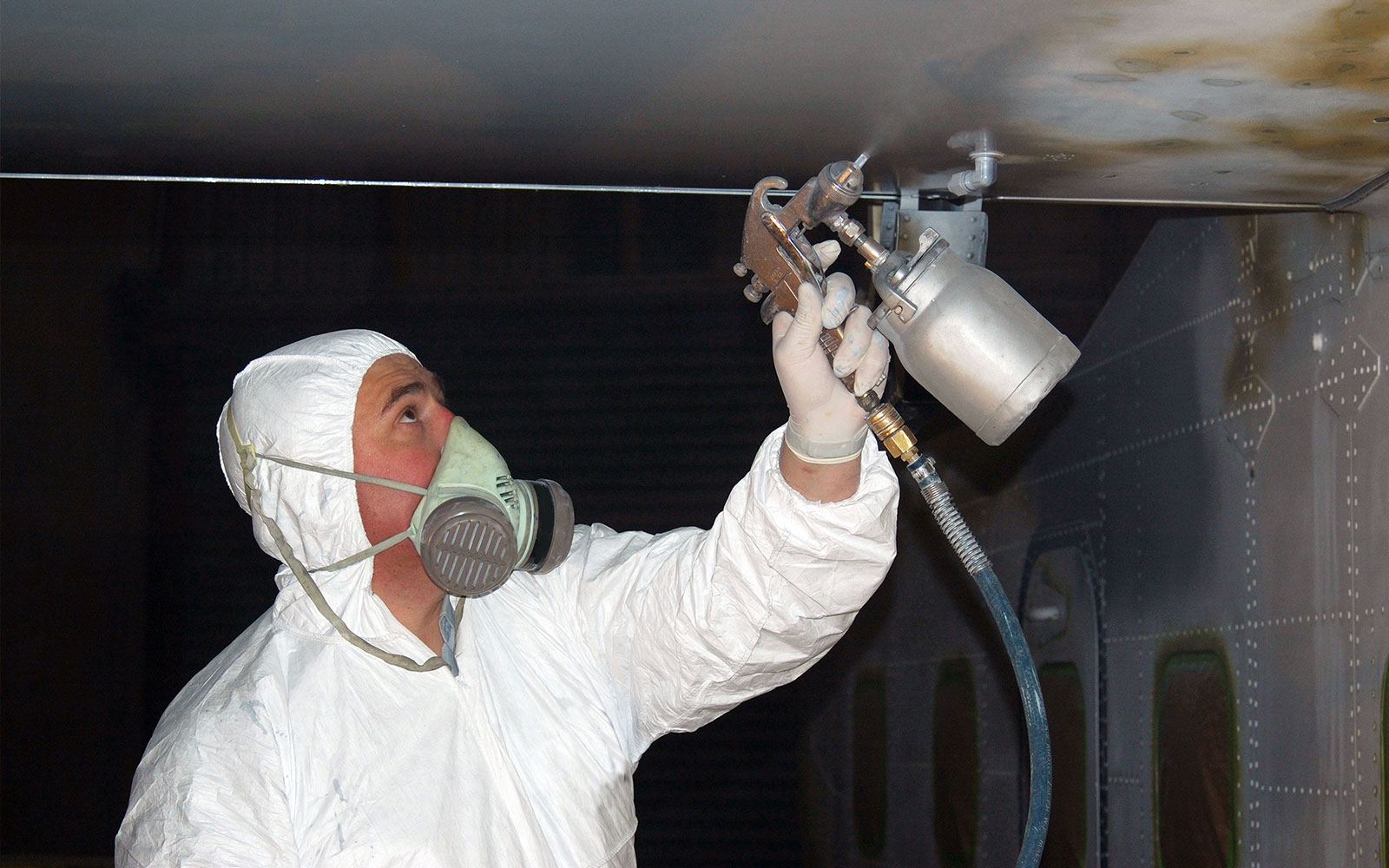

 We recently met with Aaron, a customer working on a project in West Virginia who needed to replace pressure transmitters on water transfer pump skids.
We recently met with Aaron, a customer working on a project in West Virginia who needed to replace pressure transmitters on water transfer pump skids.
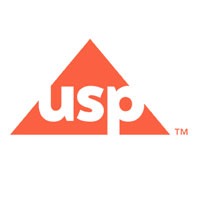 The
The 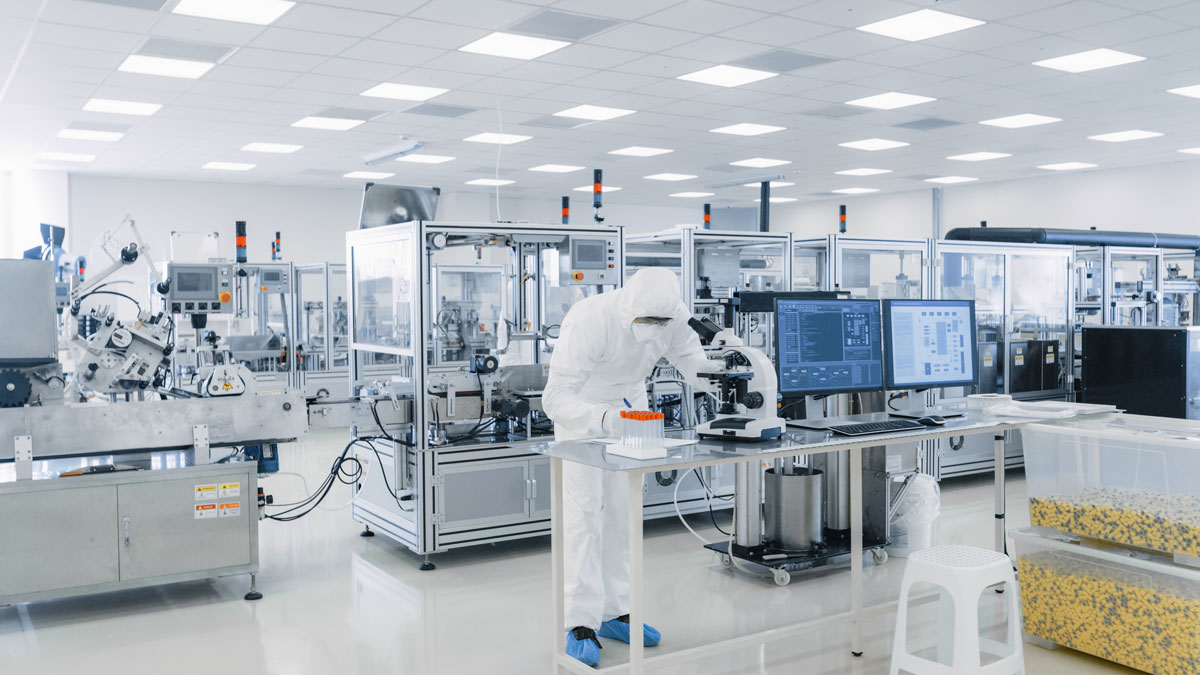
 Dwyer’s Account Executive for our test equipment portfolio, Jaden Lane, recently interviewed Erik from Technical Balance to learn more about his job, company, and relationship with Dwyer.
Dwyer’s Account Executive for our test equipment portfolio, Jaden Lane, recently interviewed Erik from Technical Balance to learn more about his job, company, and relationship with Dwyer. 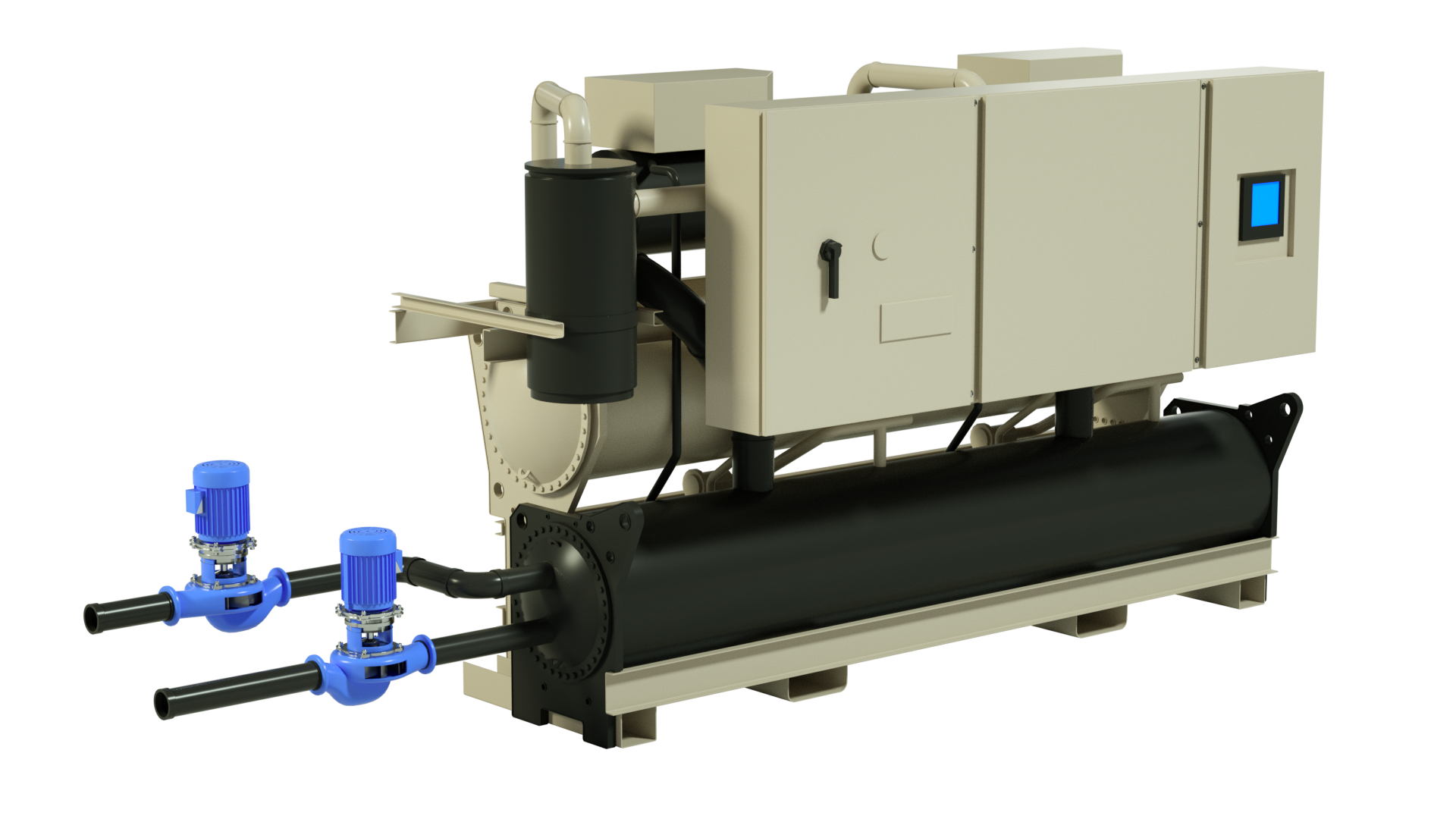
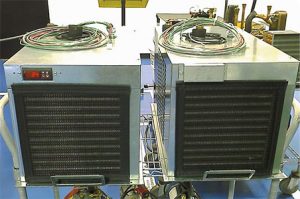 Water chillers are nothing new, with nearly an estimated 100,000 units operating in North America alone. Chillers are the cooling machines of choice to condition industrial, commercial, and institutional facilities. They are used to lower the temperatures of all kinds of equipment and processes such as: robotic machinery; semiconductors; injection and blow molding machines; welding equipment; die-casting and machine tooling; paper and cement processing; power supplies; power generation stations; compressed air and gas cooling systems; medical imaging machines; chemical, drug, food and beverage production; even simply to cool potable water to desirable levels. Whether for office comfort, keeping data server centers from overheating, or specialized industrial processes, water temperature control plays a vital role in many of the behind-the-scenes activities that affect our everyday lives.
Water chillers are nothing new, with nearly an estimated 100,000 units operating in North America alone. Chillers are the cooling machines of choice to condition industrial, commercial, and institutional facilities. They are used to lower the temperatures of all kinds of equipment and processes such as: robotic machinery; semiconductors; injection and blow molding machines; welding equipment; die-casting and machine tooling; paper and cement processing; power supplies; power generation stations; compressed air and gas cooling systems; medical imaging machines; chemical, drug, food and beverage production; even simply to cool potable water to desirable levels. Whether for office comfort, keeping data server centers from overheating, or specialized industrial processes, water temperature control plays a vital role in many of the behind-the-scenes activities that affect our everyday lives.